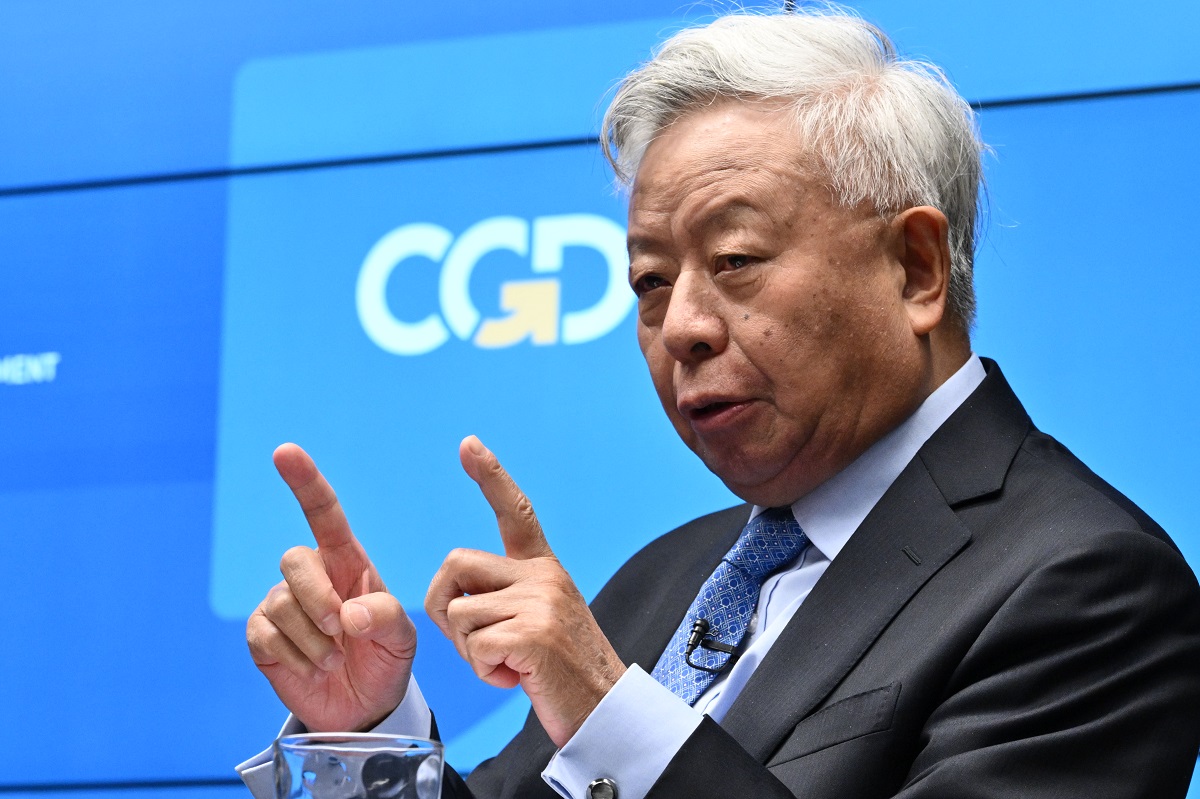The Executive Order signed by President Obama this week creating the White House Council on Women and Girls signals that the Administration recognizes that special consideration is warranted to make sure government policies and programs don't reinforce discrimination against women and girls -- and in some instances should spur extra efforts to overcome gender-related economic and social barriers. But in the
official announcement the messages are mixed about whether this concern will extend to the country's international engagement. Any who doubt that it should need only consult a CGD report I co-authored:
Girls Count: A Global Investment & Action Agenda. In establishing the Council, Obama said, "the purpose of this Council is to ensure that American women and girls are treated fairly in all matters of public policy." Americans, eh? But the composition of the Council, which includes the Secretary of State and the U.S. Trade Representative, hints at the potential to extend the mandate to consider the effects of U.S. policy on girls and women in other countries. And one of the first-year tasks laid out -- "Working hand-in-hand with the Vice President, the Justice Department’s Office of Violence Against Women and other government officials to find new ways to prevent violence against women, at home and abroad" -- could be interpreted as an opening to address at least one of the major manifestations of female disadvantage in the developing world.The Council's chair, Valerie Jarrett, and the executive director, Tina Tchen, should dash through that opening. They should be bold in interpreting the Council's mandate to include examination of how America's policies and programs affect the lives and livelihoods of girls and women in countries with which the United States has active diplomatic, economic, development and/or military engagement. The reason to look beyond our shores is self-evident: the wellbeing of women and girls in India, China, South Africa, Pakistan and virtually every other country shapes our collective destiny. Whether girls are educated and women have economic opportunities and dominion over resources are central determinants of the rate of growth of population and the health of the next generation. Young women in light manufacturing are integral to the global supply chain. (Remember those lead-filled toys from China? They were made by young women, who themselves were exposed to poison while they worked.) Getting a handle on HIV/AIDS prevention in the most heavily affected countries -- the countries that we're sending AIDS drugs to when prevention fails -- can't happen without looking at the realities of adolescent girls. In some countries, out of every four HIV+ young people, three are girls.The risk of going for a broad vision is that the Council will lose focus and accomplish little. So let me respectfully offer five specifics about what the Council could do to embrace a truly global agenda:1. Ask the U.S. Treasury to instruct the U.S. executive director of the World Bank to question how the proposed "Vulnerability Fund" will address the particular needs of women and girls affected by the global economic crisis. Don't be satisfied with responses about the "safety net"; ask, too, about how investments in infrastructure and small business creation will be responsive to gender issues -- and how the Bank will monitor results.2. Call up the Office of the Global AIDS Coordinator and ask what PEPFAR has done for adolescent girls lately. For PEPFAR's 15 focus countries, ask for incidence and prevalence by age and gender, and then find out what girl-focused prevention programs are in place -- supported by the United States or others -- and how we know whether they're working.3. Ask the Millennium Challenge Corporation to report on (a) the extent to which the 17 selection criteria incorporate metrics related to policies that foster the welfare of girls and women; (b) whether gender analysis is routinely conducted in the design of MCC programs; and (c) whether gender-specific issues are examined in MCC evaluations.4. Invite USAID to present to the Council its strategy to reduce gender-based violence, including how much money went toward implementing programs in 2008, and how much will be programmed in 2009 and 2010.5. Challenge the President's close advisors to find one example to highlight in the 2010 State of the Union Address of a women in a low-income country whose life prospects were significantly improved by something -- anything -- resulting from American policy other than through an aid program.All very do-able. All very useful, symbolically and substantively, to make sure that the Council is making its full contribution.
CGD blog posts reflect the views of the authors, drawing on prior research and experience in their areas of expertise.
CGD is a nonpartisan, independent organization and does not take institutional positions.



